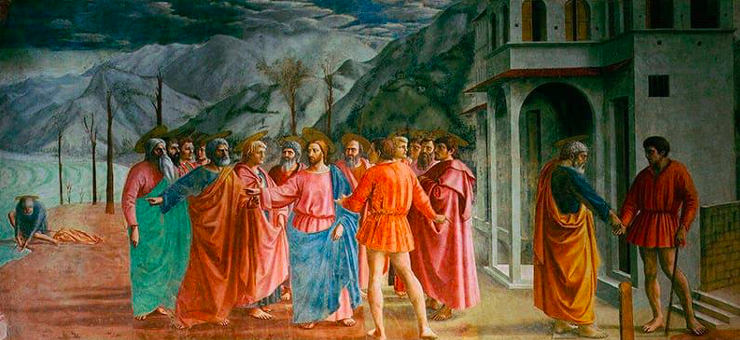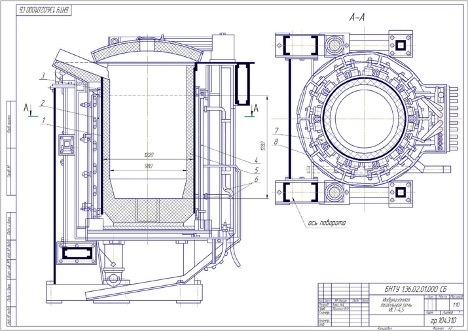When it comes to wall decorating, many people wonder about the differences between traditional and modern methods. In particular, how does a fresco differ from photo wallpaper? Let's dive into the world of decorative art and figure it out.

The content of the article
- Fresco on the wall - what is it?
- Where did the first frescoes appear?
- The most famous frescoes in history
- conclusions
Fresco on the wall - what is it?
Before understanding the differences, you need to understand the very essence of the fresco. Fresco is an ancient painting method that is done directly on wet plaster. This method creates an incredibly strong and durable image that, when the plaster dries, becomes part of the wall. Because of their unique nature, frescoes are often associated with religious or historical images, such as Michelangelo's famous frescoes in the Sistine Chapel.
Where did the first frescoes appear?

To understand what a wall mural is, you need to look at history. Frescoes are one of the oldest types of painting, and their roots go back to ancient times. The first murals appeared in ancient civilizations such as Egypt, Mesopotamia and Crete. In Crete, in particular, frescoes discovered in the palace at Knossos date back to 2000 BC. e. and are prime examples of early Minoan culture. These images, painted on wet plaster, reflected daily life, religious rituals and mythological scenes.
Over the years, murals have become a popular method of wall decoration in various cultures and geographic regions. Ancient Rome also adopted this method of art, and magnificent Roman frescoes were discovered in Pompeii after the eruption of Vesuvius in 79 AD. e. These images served not only as decoration, but also as a way to convey cultural, religious and social values.
Understanding what a fresco on a wall in an interior is, we can say that it is not just an image, but a whole work of art. Murals add depth, warmth and history to any space. Whether it's a scene from mythology or a modern abstract painting, an interior mural can transform a room and add a unique touch.
The most famous frescoes in history

Murals have served as an expressive medium for artists for centuries, allowing them to convey religious, cultural and historical narratives. Some of them have become world famous due to their artistic value and significance. Here are some of the most famous frescoes in history:
- Sistine Chapel in the Vatican. Of course, some of the most famous frescoes in the world were created by Michelangelo for the ceiling of the Sistine Chapel. These frescoes, executed between 1508 and 1512, depict scenes from the Bible, including the famous "Creation of Adam".
- Hagia Sophia Church in Istanbul. This magnificent church, built in 537, contains amazing early Christian and Byzantine mosaics and frescoes.
- Frescoes in Pompeii. These ancient Roman frescoes, discovered after the eruption of Vesuvius in 79 AD. BC, provide a unique insight into the life and art of Ancient Rome.
- Churches in Gorel, Ethiopia. In these ancient Orthodox churches you can see frescoes depicting scenes from the Bible and the lives of saints.
- Frescoes by Giotto in the Church of Scrove in Padua. Created in the early 14th century, these images are considered a breakthrough in Western art due to their realism and emotional depth.
- "The Last Meal" by Leonardo da Vinci. Although this work is not a fresco in the strict sense of the word (it was executed on dry plaster), it is often mentioned in this context due to its exceptional significance and fame.
conclusions
When you hear the word fresco, don't just think of ancient temples and palaces. Frescoes - what are they today? This is a modern way of decorating that can be adapted to any style and taste. Unlike photo wallpaper, which often looks like just an image pasted on the wall, murals flow into the space, making it truly living and breathing.
Thus, the choice between a fresco and photo wallpaper depends on your preferences, budget and the desired effect in the interior. But one thing is for sure: the mural will always look more impressive and authentic.


